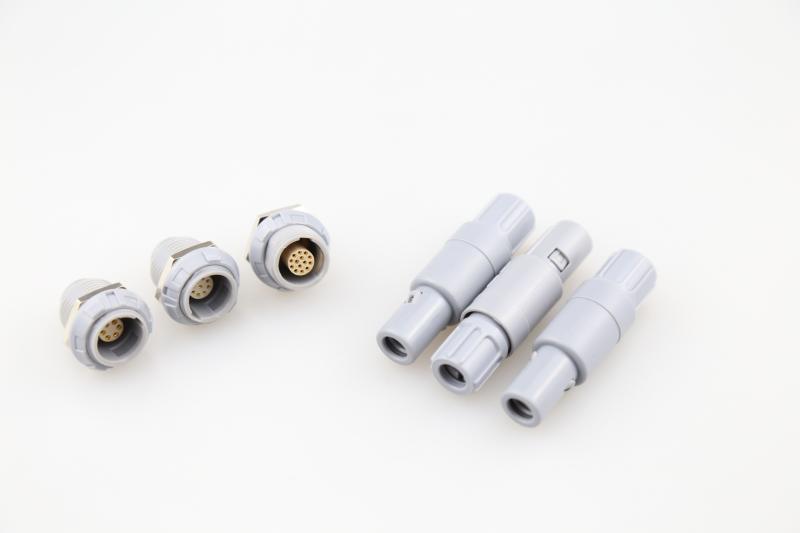

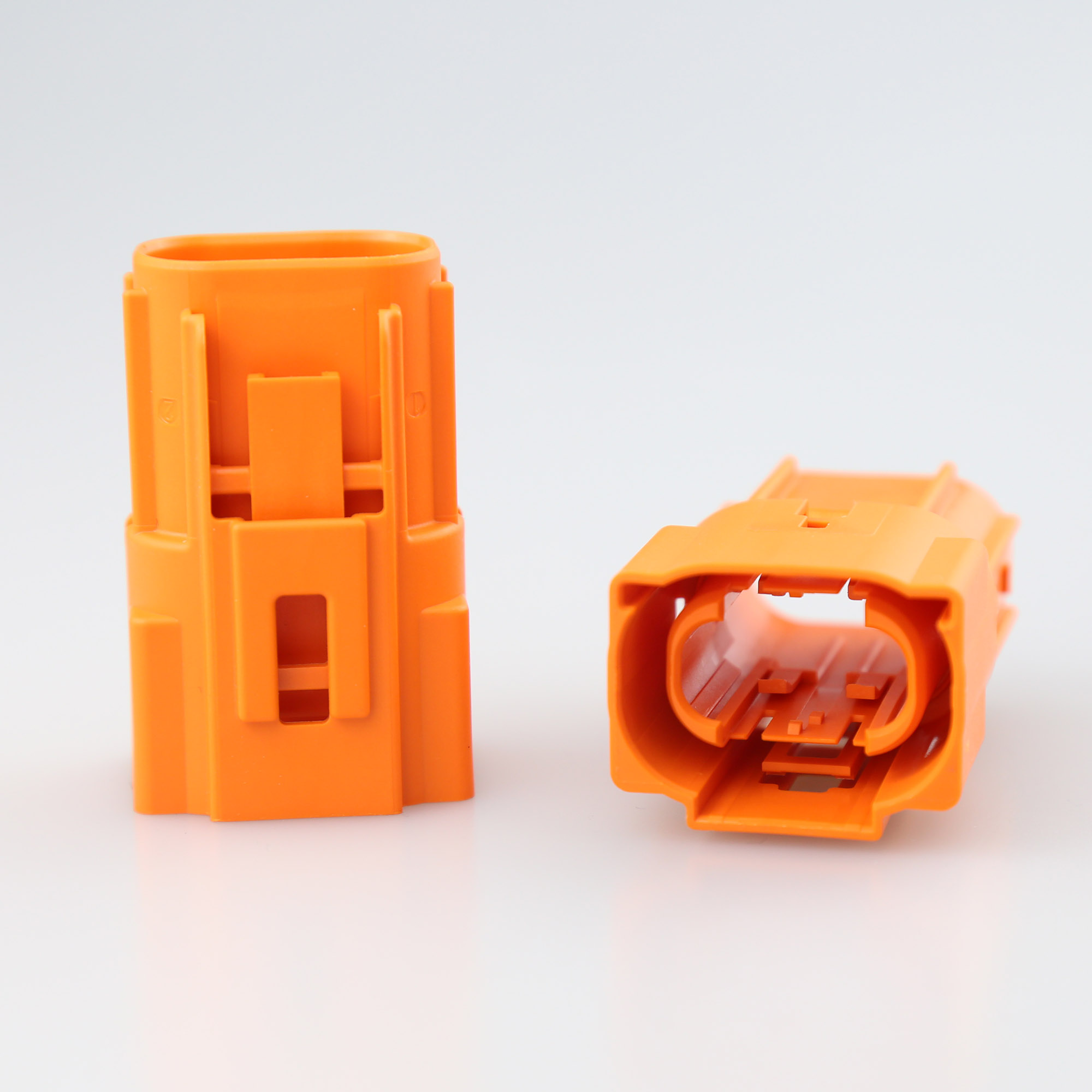
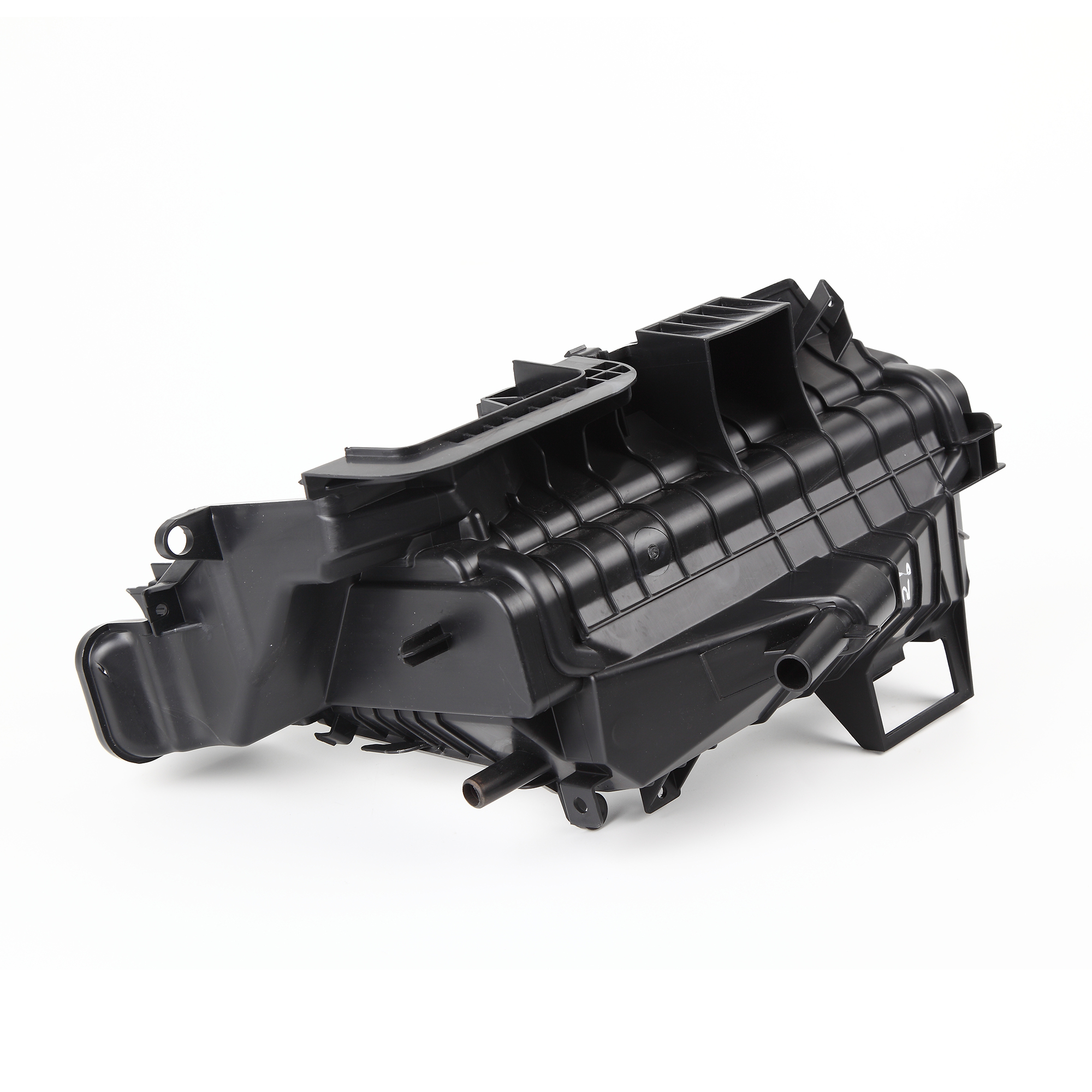
Revolutionizing Injection Molds Design with Tech Tooling Maker
Injection molding is a widely employed manufacturing process for producing intricate and high-quality plastic parts. The key to achieving exceptional results lies in the design and construction of the injection molds. With the advent of technology and the emergence of advanced tooling makers, injection mold designs have witnessed a significant transformation, leading to improved efficiency, precision, and cost-effectiveness.
1. Evolution of Injection Molds Design
The traditional approach to injection mold design relied heavily on manual calculations, trial-and-error methods, and limited design iterations. However, with the introduction of computer-aided design (CAD) software and simulation tools, the design process has become more precise and efficient.
CAD software enables designers to create detailed 3D models of injection molds, facilitating better visualization and analysis of the design. Simulations can be performed to predict the flow of molten plastic, identify potential defects, optimize cooling channels, and minimize warpage issues – all before the physical mold is even fabricated.
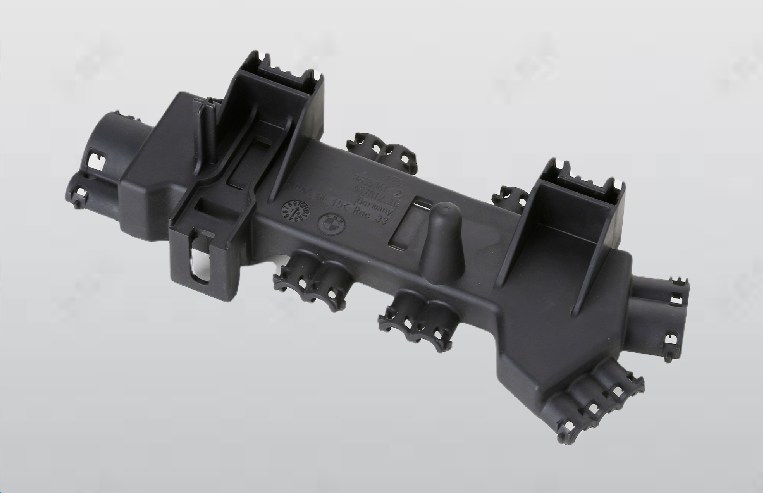
2. Integration of Additive Manufacturing
Additive manufacturing, commonly known as 3D printing, has revolutionized the tooling industry, offering immense flexibility in the design and production of injection molds. Utilizing 3D printing technologies, tooling makers can rapidly prototype molds, create complex geometries, and reduce lead times significantly.
By employing additive manufacturing in the mold design process, designers can explore unconventional and innovative solutions that were previously unfeasible. This technology allows for the integration of conformal cooling channels, reducing cycle times and improving part quality. Furthermore, the ability to iterate designs quickly enables faster optimization and reduces the time-to-market for new products.
3. Utilizing Advanced Materials
The choice of materials used in injection molds plays a crucial role in achieving superior performance and durability. Traditional molds were predominantly made of steel, which limited design possibilities and added weight to the overall mold structure.
However, with advancements in materials science, tooling makers now have access to high-performance alloys, composites, and even polymer-based molds. These materials offer benefits such as reduced weight, enhanced thermal conductivity, and improved corrosion resistance. Additionally, they allow for intricate designs, intricate features, and reduced maintenance requirements.
4. Automation and Robotics in Mold Manufacturing
Incorporating automation and robotics in the mold manufacturing process has revolutionized efficiency and productivity. Advanced tooling makers have adopted robotics for tasks such as mold assembly, polishing, and quality control inspections, reducing human error and increasing consistency.
Automated systems enable faster mold production, reduced labor costs, and improved overall quality. Additionally, real-time monitoring and data analysis provide valuable insights into production processes, allowing for continuous improvements in mold design and manufacturing.
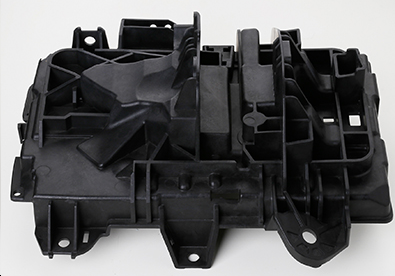
5. The Future of Injection Mold Design
The injection mold design industry continues to evolve, driven by advancements in technology and the pursuit of enhanced performance. As tooling makers embrace the potential of artificial intelligence, machine learning, and digital twins, the design process will become even more efficient and accurate.
The integration of smart sensors within molds will enable real-time monitoring of temperature, pressure, and other critical parameters, ensuring optimal process control. Furthermore, the introduction of self-healing materials and advanced surface treatments will enhance the longevity and reliability of injection molds.
Overall, the combination of innovative design techniques, additive manufacturing, advanced materials, automation, and emerging technologies paves the way for a future where injection mold design is faster, more precise, and highly adaptable to the ever-evolving demands of the manufacturing industry.
Conclusion
Injection molds design is undergoing a paradigm shift, thanks to the continuous advancements in technology and the progressive mindset of tooling makers. The integration of CAD software, additive manufacturing, advanced materials, automation, and robotics has revolutionized the entire design and manufacturing process, enhancing efficiency, precision, and cost-effectiveness.
As the industry continues to embrace emerging technologies, the future of injection mold design holds immense potential for further innovation. With the ability to rapidly prototype, optimize designs, and produce molds with intricate features, tooling makers are poised to meet the ever-increasing demand for high-quality plastic parts in a wide range of industries.